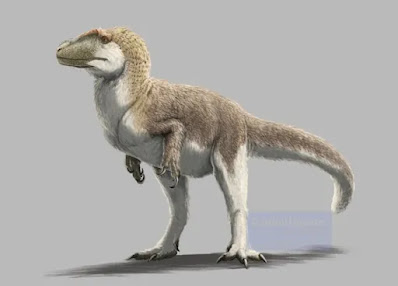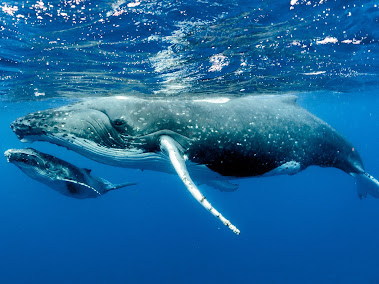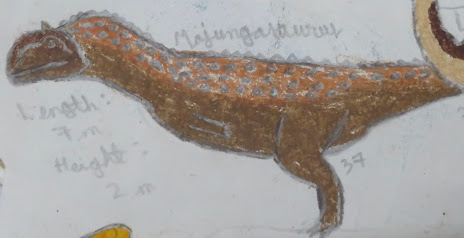Picture source : https://edition.cnn.com/2021/03/05/us/whales-dolphins-cancer-resistance-study-scn-trnd/index.html Introduction I'm sure we all know what whales are, yes? The (mostly huge) ocean-dwelling mammals. Well, they weren't always this way, in fact whales were actually first land-based. And I am going to explain that right now, The Evolution of Whales. When Mammals Became Rulers As I said at the end of my How The Non-Avian Dinosaurs Went Extinct post, after the Dinosaurs' domination, mammals diversified and evolved. They became bigger and bigger and more specialized. Picture source : https://www.omise.co/the-evolution-of-whales-and-software As you may see in the picture above, mammals were mostly small in the first picture. They became bigger, and ancestors of the whales looked quite dog like. In the case of the ancestors whales, animals like Pakicetus eventually took to the water to escape predators and also to eat their favored food. In this way, Pakicet






